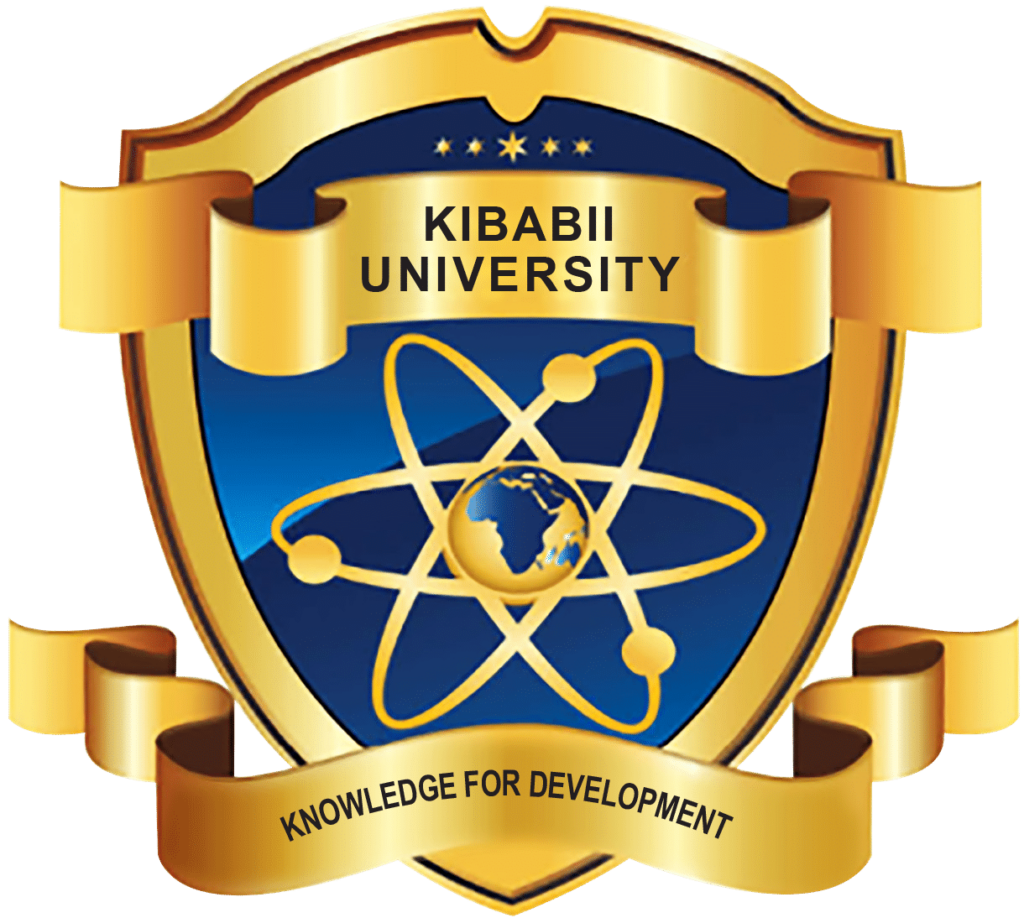|
Master of Education in Curriculum and Instruction |
|||
| Name | Reg. No | Title | Supervisors |
| Peter Wamalwa | MED/CIT/004/13 | Factors Influencing Teachers’ perception on the implementation of Strengthening mathematics and Science in Secondary Education (SMASSE) in Bungoma County |
|
|
ABSTRACT Mathematics and Sciences are regarded as cornerstones in a bid towards technological advancement and industrialization. Dismal performance in these subjects poses a challenge towards realization of the Kenya National development goal of industrialization by the year 2030. The government of Kenya in liaison with the Japanese government came up with Strengthening of Mathematics and Science in Secondary Education (SMASSE) to remedy the situation. The programme was piloted in nine districts as an innovation in the teaching and learning of mathematics and science in 1998. The purpose of this study is to investigate factors influencing mathematics and science teachers’ perception on the implementation of SMASSE programme. The objectives of the study will be to find out the influence of motivational strategies on participation of mathematics and science teachers in the in-service training; to assess the influence of trainers’ attributes on teachers’ participation in the in-service training process and; to determine the extent to which the acquired skills during in-service training are utilized in the classroom. The study will be guided by Rogers’s innovation-implementation diffusion theory which posits that implementation of an innovation depends on the perceived attributes of implementers. The study will be carried out in Bungoma County because the county has a number of SMASSE INSET centers but performance has not been dismal despite participation of mathematics and science teachers in the in-service training. Descriptive survey design will be adopted so as to adequately cover the sampled respondents in the study area and obtain in-depth information on the status of implementation of SMASSE. The target population will be one thousand four hundred and fifty (1450) mathematics and science teachers teaching in the two hundred and seventy five (275) public secondary schools. Simple random sampling will be used to select schools for study while purposive sampling technique will be used to select teachers in those sampled schools who participated in SMASSE training. This will provide a sample size of four hundred and thirty five (435). Data will be collected using questionnaires, interview schedules and an observation guide. The collected data will be analyzed using both descriptive and inferential statistics. It is hoped that findings of the study will yield information that contribute towards successful implementation of SMASSE programme for good academic performance in mathematics and science subjects in Kenya. The findings of this study may provide a framework for appropriate intervention strategies for future innovations in education. |
|||

